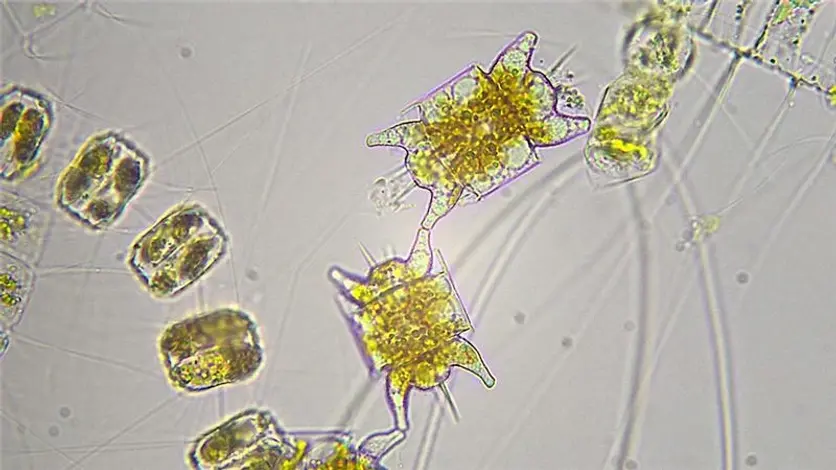

Ocean Conditions, Shellfish, and Human Health
This project focuses on how changes in the ocean — like temperature and acidification — affect how shellfish absorb and retain toxins. This is critical for Alaska Native communities relying on shellfish as a traditional food source. By investigating shellfish physiology under climate stress, the project aims to protect traditional food systems and inform future harvesting practices.
Innovations
-
Project 1 is also making major contributions to the limited literature taking into consideration the environmental physiology of shellfish as a key determinant of toxin exposure risks to people. There are experimental, integrative organismal physiology experiments led by Co-Investigator Schram to characterize how Alaskan shellfish process toxins under different experimental conditions (e.g., temperature and pCO2).
-
Project 1 will generate some of the first evidence regarding the role of ocean acidification in potentially exacerbating environmental health disparities in the United States (e.g., by increasing shellfish toxin concentrations in Alaska). Despite being one of the major established environmental consequences of atmospheric CO2 emissions that drive climate change, ocean acidification’s public health implications have received limited attention. 49 For example, a review on the topic of ocean acidification and public health49 published in 2020 only identified one paper on ocean acidification impacts on paralytic shellfish poisoning toxins [increasing toxicity] that was specific to the East China Sea50 and therefore of unclear relevance to Alaska Native population risks. We are unaware of any social cost of carbon components that account for the public health harm from ocean acidification. The United States Office of Climate Change and Health Equity is focused on the impact of climate change on the populations of the United States, and to support its mandate there should be evidence coming from United States coastlines on ocean acidification impacts on toxin exposure risks; this Center will address that knowledge gap through research led by communities that face disproportionate risks of paralytic shellfish poisoning.


Integrating Traditional Knowledge
We recognize the value of Traditional Ecological Knowledge (TEK) and aim to complement it with scientific experimentation. TEK offers historical insight and community wisdom, while science provides tools for prediction and precision. Project 1 brings both together to build a more complete picture of toxin risks.


Scientific Aims:
Our major scientific aims for the COAST project are to:
Continue to collect shellfish for toxin analysis
At the Sitka Tribe of Alaska and develop models using environmental predictors to better understand the drivers of harmful algal blooms in this region in the present and future.
Analyze spatial and temporal trends in ocean acidification
Using community collected data and determine impacts of ocean acidification on shellfish toxin accumulation in subsistence species.
Experimentally assess shellfish toxin dynamics
In subsistence species with warming ocean temperatures and increased ocean acidification using controlled laboratory experiments.
It is and will continue to be our goal
To communicate these findings with tribal communities, the scientific community, and the general public in our region through presentations, meetings, and publications.



